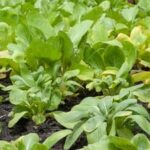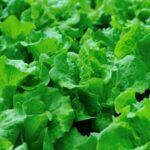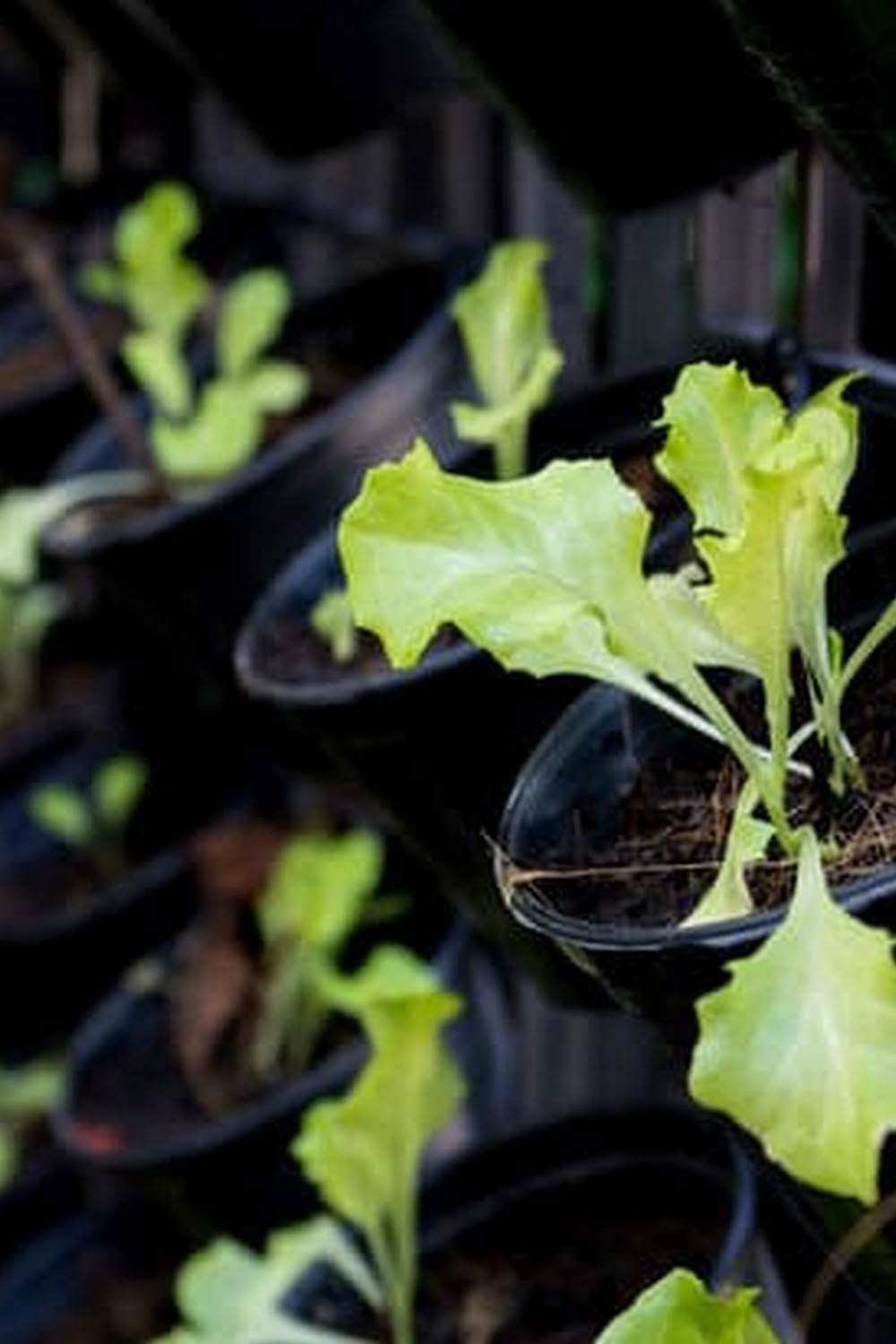Introduction
Grass clippings are a great source of organic matter and nutrition for your vegetable garden. Adding them to the soil can help increase fertility, improve soil structure, and aid in moisture retention. The carbon-rich material provides an excellent food source for beneficial organisms living in the soil such as earthworms and microbes, which can promote much healthier plant growth. Furthermore, the added mulch layer helps to suppress weed growth and reduce overall maintenance time in the garden.
Preparation
Yes, you can put grass clippings in your vegetable garden. It is a great way to add organic material to the soil and help build the health of your garden. However, before adding grass clippings to your vegetable garden there are some preparation steps that should be taken.
For clippings from untreated lawns it is important to allow them to dry out first as wet clippings can quickly create anaerobic soil conditions that neutralize nitrogen and starve plants of essential nutrients. It’s also important to break down large piles of dried material into smaller pieces so they more easily integrate with the existing soil. When possible, use a tiller or hoe and blend the two together. This will help distribute whatever nutrients are in the material evenly across the surface of the soil.
Another great way to use grass clippings for your vegetable garden is by making grass-clipping tea. Simply fill multiple bags or fabric sacks with your dried clippings, tie them off and submerge them in a bucket or water container filled with water for 2-4 weeks, stirring occasionally until it takes on a dark coloration indicative of composted material – then use it as an organic fertilizer directly around plants or trees.
Benefits/Uses
Grass clippings can be used as a great nutrient source for your vegetable garden. They contain essential nitrogen, potassium and phosphorus that will help the soils in the vegetable garden stay healthy while providing vital nutrients to your plants. Allowing clippings to decompose directly inside your vegetable garden can also improve soil structure and increase the availability of water and air in it. Grass clippings are highly biodegradable which means once they have been incorporated into the soil, these nutrients will become readily available for your plants over time. Besides, grass clippings work as a great Mulch which not only help suppress weeds but also conserve moisture for the plants by blocking out sunlight and slowing down evaporation from the soil.
Tips & Tricks
Yes, you can put grass clippings in your vegetable garden! Grass clippings contain a lot of beneficial nutrients that make it a great addition. Adding grass clippings will not only provide organic material for the soil, but also help build organic matter and microbes which will support healthy plant growth.
However, before adding them to your vegetable garden there are some important precautions that should be taken. For example, avoid using grass clippings from lawns treated with chemical fertilizers or herbicides since these may contaminate other plants or vegetables growing nearby. When using grass clippings from any source be sure to spread them out over the bed and either dig them in or cover with an inch of soil in order to avoid any nitrogen burn from too much fresh material. Also, try to preferably use more shade-dried clippings than sun-dried as they contain more moisture and nutrients. Finally, always keep an eye on how much you’re adding to the vegetable garden as too much at once can create an excellent environment for pests and diseases which could be damaging to your vegetables.
Protect Your Garden
Grass clippings can be a great source of organic matter to add to your vegetable garden. They provide vital nutrients to soil, helping improve fertility and health. However, the use of grass clippings should be done thoughtfully and with precautions in order to protect your garden from potential diseases.
When it comes to determining which type of grass clippings are safe for your vegetable garden, you should always look for healthy lawns that have not been exposed to any kind of chemicals or pesticides. Grass clippings from lawns that use herbicides and pesticides can potentially kill or damage your vegetables, so it’s important to be aware and choose wisely.
The frequency and timing of applying grass clippings is also important when considering how this might affect your garden’s health. Too much nitrogen (which is found in grass clippings) can burn plant roots and foliage if applied too heavily or in excess inside the planting beds. It is advised not to mix grass clippings directly into the soil but rather apply them as a mulch layer on top. This will reduce their direct contact with the plants, thus avoiding potential risks of infection or poisoning from chemical sprayed on the lawns previously. In general, it’s best to only apply small amounts at regular intervals rather than big applications all at once. By controlling the quantity of application you will prevent possible nutrient overload that might lead to poor plant growth or plant death as a result of saturated soil conditions with excessive dissolved salts content due reduced aeration caused by over saturation in water holding capacity.
Conclusion
Yes, you can put grass clippings in your vegetable garden. In order to do this properly, there are a few best practices and tips to consider: Grass clippings should be spread lightly and evenly around your vegetables, as too much material can cause compaction. Consider collecting grass clippings from other gardens or lawns if your own regime is incapable of sustaining the levels of nitrogen needed for your vegetables. Always allow freshly cut grass clippings to dry out prior to adding them to the soil. Finally, it is important to emphasize that any application should not be directly into the root zone area, but rather around the foliage of plants. These steps can help ensure that you are getting the most out of adding grass clippings as an organic source of additional nitrogen into your garden soil.

If you’re looking to get into vegetable gardening, or are just looking for some tips on how to make your current garden better, then you’ve come to the right place! My name is Ethel and I have been gardening for years. In this blog, I’m going to share with you some of my best tips on how to create a successful vegetable garden.





